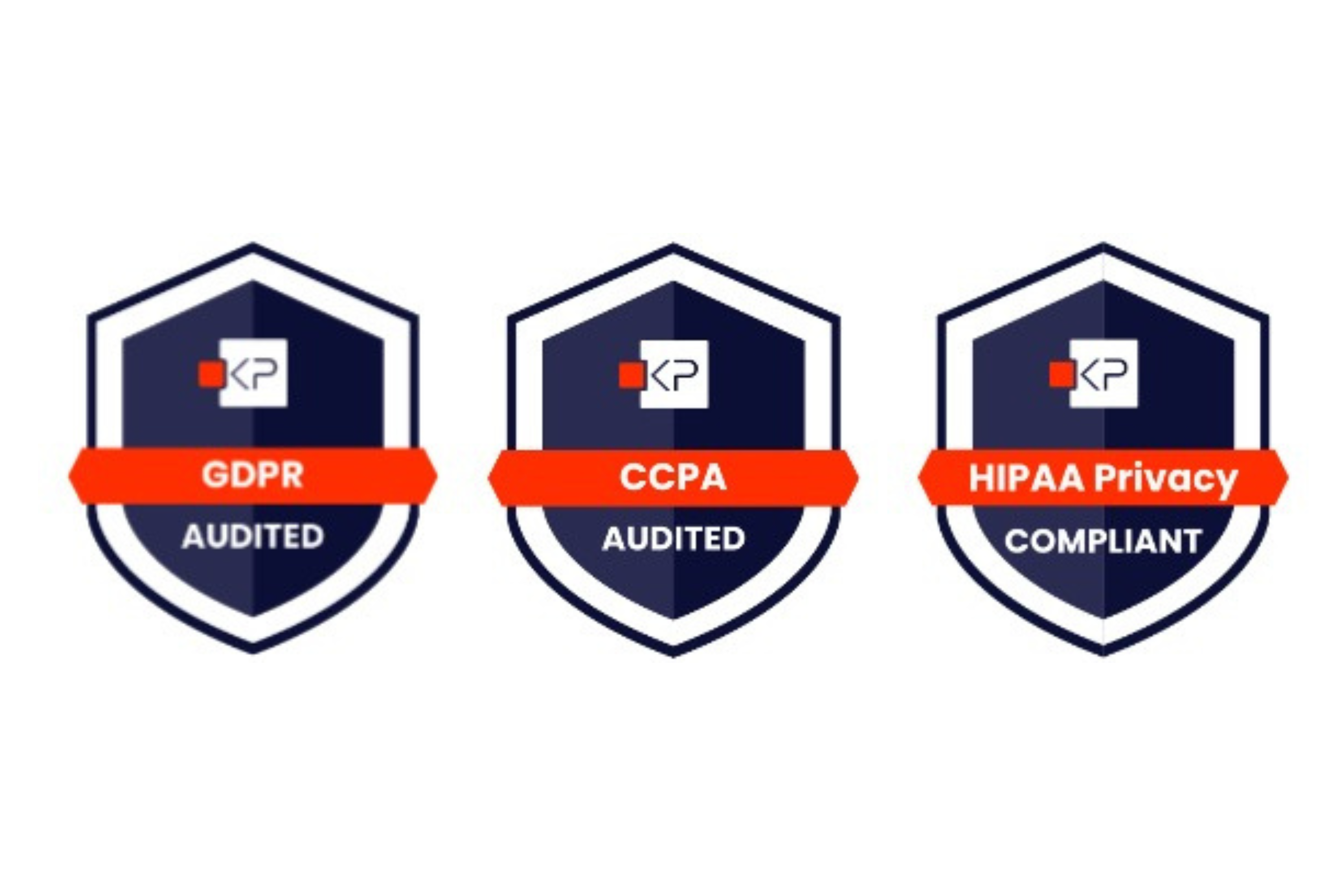Healthy Aging: The 3x Return Nobody's Talking About

Healthy Aging: The 3x Return Nobody's Talking About
Why starting at 55 (not 65) multiplies your investment
Here's the deal: Invest one dollar in healthy aging programs. Get three dollars back. That's not marketing spin—that's research from McKinsey Health Institute analyzing real interventions across the United States. And if you're still waiting until people turn 65 to start these programs? You're leaving money on the table.
Your Population Is Getting Older (and Sicker Younger)
Two massive trends are colliding at the moment. First, the aging tsunami: by 2030, one in six people globally will be 60 or older. In the U.S., older adults will outnumber kids for the first time in history.
Second, chronic disease is no longer waiting for retirement. Today's 55-year-olds are managing diabetes, hypertension, and heart disease at rates we used to see only in their parents. Forty percent have prediabetes or diabetes. That's not a future problem—it's happening now.
These situations are urgent, but identifying them early allows prevention to be effective and cost-saving.
What Works: Eight Ways to Win
McKinsey looked at 18 interventions across eight categories and found something remarkable: they all generated positive returns. Not some. All of them. Here's what works:
- Support societal participation — Age-inclusive workplaces where experience matters
- Strengthen healthcare — Better access, smarter medication management
- Address social determinants — Transportation, food security, housing
- Provide technology — Wearables, telehealth, remote monitoring
- Enhance public safety — Fall prevention (this one showed 9.6x ROI!)
These aren't feel-good programs that drain budgets. They reduce hospitalizations while keeping people productive, independent, and contributing to society. Win-win-win.
Show Me the Money
Individual interventions showed returns ranging from 1.0x to 24x. The median? 3x. That means for every dollar you invest, you get three back through reduced healthcare costs and economic productivity.
Where does the money come from? Two places:
- Healthcare savings: Fewer ER visits, hospitalizations, and complications
- Economic benefits: People stay in the workforce longer, need less caregiver support, and keep contributing tax revenue
Fall prevention alone—teaching people about balance, fixing home hazards, and reviewing medications generated 9.6x ROI. That's nearly ten dollars back for every dollar spent.
Why 55 Is the New 65
Most healthy aging programs kick in at 65. That's a mistake. Here's why starting at 55 multiplies your returns:
1. You Get 10 Extra Years
Prevention investments compound over time. When you help a 55-year-old avoid diabetes complications, you're talking about 20-30 years of savings, not 10-15. That ROI calculation looks very different.
2. You Can Still Reverse Things
At 55, prediabetes can become normal glucose. Prehypertension can resolve. Early bone loss can stabilize. By 65, you're often managing an established disease instead of preventing it. Prevention is cheaper than management.
3. They're Still Working
Most 55-64 year-olds are employed. When their health improves, your organization gets reduced absenteeism, better productivity, and retained talent. These workforce benefits disappear once people retire.
4. They're More Tech-Savvy
Digital engagement is easier with 55-64 year-olds than with older cohorts. They're comfortable with apps, wearables, and online programs. Higher engagement = better outcomes = stronger ROI.
5. Change Is Easier
Behavior change gets harder as habits entrench and health conditions accumulate. At 55, people are more receptive to lifestyle modifications than at 75. Strike while the iron is hot.
For health plans: Engaging commercial members before they hit Medicare establishes relationships and health trajectories that continue beyond 65. For employers: The 55-plus workforce is your fastest-growing segment. Invest in keeping them healthy and productive.
It's Not Just About Money
Yes, the financial case is compelling. But these programs also deliver qualitative wins that strengthen communities:
- Better quality of life: Getting to appointments, staying independent
- Stronger families: Digital literacy connects generations
- Community cohesion: Senior centers and mentorship reduce isolation
- Health equity: Underserved populations get access to resources
Research shows that meaningful social relationships are among the strongest predictors of health and happiness in old age. These softer benefits matter—a lot.
Nobody Can Do This Alone
The research is crystal clear: successful healthy aging requires cross-sector collaboration. Health plans need to partner with community organizations. Employers need flexible policies. Technology providers need to deliver platforms that actually work for older adults.
More than 30 states have already developed strategic plans for aging. California's Master Plan for Aging aims to "build a California for All Ages by 2030." Ohio has updated its State Plan on Aging to include measurable objectives.
These aren't pilot programs. They're real initiatives with real funding and real results. Organizations that get ahead of this curve position themselves as leaders, not followers.
What's Next?
The business case is proven. Three dollars for every one invested. Higher returns when you start at 55. Both financial and qualitative benefits.
The demographic imperative is real. One in six people will be 60-plus by 2030. Chronic disease rates are rising among younger populations. This isn't a future problem—it's a now problem.
So how do you actually do this? Part 2 explores the nuts and bolts: how digital platforms identify risk through comprehensive assessment and engage people through programs that actually work.



